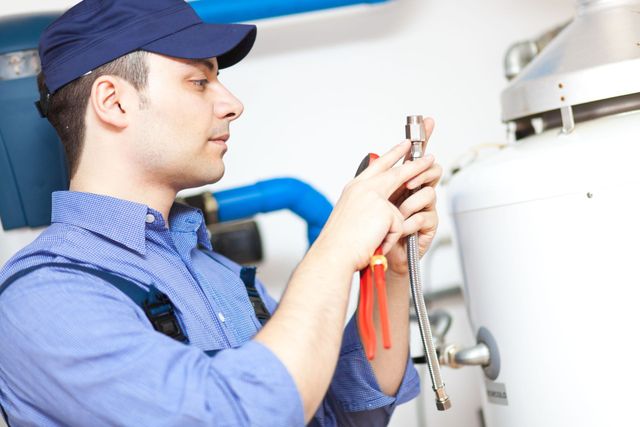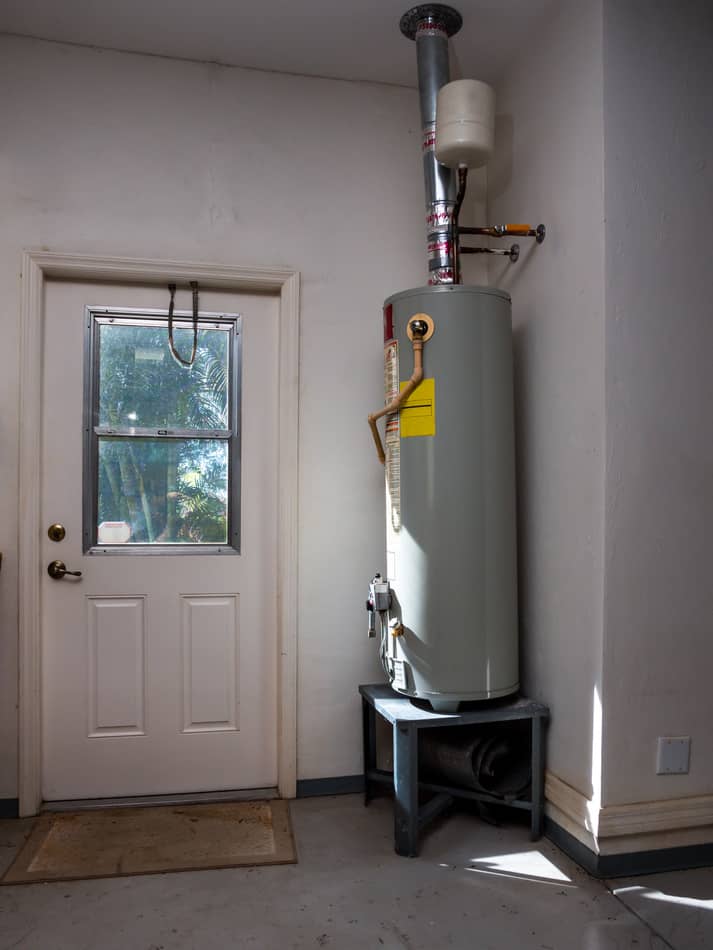Steps to Effectively Maintain Your Home's Hot Water SystemSteps to Prolong the Lifespan of Your Home's Hot Water System By MaintenanceExpert Advice on Maintaining Your Home's Hot Water System
Steps to Effectively Maintain Your Home's Hot Water SystemSteps to Prolong the Lifespan of Your Home's Hot Water System By MaintenanceExpert Advice on Maintaining Your Home's Hot Water System
Blog Article
They are making a number of good pointers on the subject of What Kind of Maintenance Do Water Heaters Need? as a whole in the article beneath.

Hot water is important for day-to-day comfort, whether it's for a refreshing shower or cleaning recipes. To ensure your warm water system runs efficiently and lasts much longer, regular upkeep is key. This article supplies practical ideas and insights on exactly how to maintain your home's hot water system to stay clear of interruptions and costly repair services.
Intro
Preserving your home's warm water system might seem challenging, yet with a few basic actions, you can ensure it runs efficiently for years to come. This overview covers every little thing from understanding your warm water system to do it yourself maintenance ideas and recognizing when to employ professional help.
Value of Keeping Your Hot Water System
Routine upkeep not only extends the life expectancy of your warm water system but also ensures it runs successfully. Overlooking upkeep can bring about decreased efficiency, higher power expenses, and even premature failure of the system.
Indications Your Warm Water System Demands Upkeep
Recognizing when your hot water system requires focus can protect against significant issues. Look out for indications such as inconsistent water temperature, weird sounds from the heater, or rusty water.
Understanding Your Hot Water System
Before diving into upkeep jobs, it's valuable to comprehend the fundamental elements of your warm water system. Normally, this consists of the hot water heater itself, pipelines, anode poles, and temperature level controls.
Month-to-month Upkeep Tasks
Normal month-to-month checks can aid catch small issues before they escalate.
Flushing the Hot Water Heater
Purging your hot water heater removes debris buildup, improving performance and prolonging its life.
Monitoring and Changing Anode Rods
Anode poles stop rust inside the storage tank. Examining and replacing them when worn out is vital.
Checking and Changing Temperature Settings
Readjusting the temperature level settings makes sure ideal performance and safety and security.
Do It Yourself Tips for Upkeep
You can carry out several upkeep jobs on your own to keep your warm water system in leading condition.
Checking for Leakages
On a regular basis evaluate pipelines and connections for leakages, as these can cause water damage and greater expenses.
Evaluating Pressure Alleviation Valves
Checking the pressure safety valve ensures it functions appropriately and stops extreme pressure build-up.
Protecting Pipelines
Protecting hot water pipelines minimizes heat loss and can conserve energy.
When to Call a Specialist
While DIY upkeep is helpful, some problems require specialist competence.
Complex Concerns Requiring Specialist Help
Instances include significant leaks, electric problems, or if your hot water heater is consistently underperforming.
Regular Professional Upkeep Advantages
Specialist maintenance can include thorough assessments, tune-ups, and ensuring compliance with safety requirements.
Verdict
Regular upkeep of your home's warm water system is vital for performance, longevity, and price savings. By complying with these pointers and knowing when to seek specialist help, you can make sure a dependable supply of warm water without unanticipated disruptions.
Water Heater Maintenance: The Basics
Maintaining your water heater will ensure it operates efficiently and has a longer lifespan. Neglecting regular maintenance can lead to costly repairs and an even bigger chunk of your savings if you have to replace it sooner than necessary. But there’s good news: Most water heater maintenance tasks are relatively simple and easy for homeowners with basic DIY skills.
Flush the Water Heater
Over time, sediment and minerals can build up in the tank, reducing its efficiency and potentially causing damage. To flush the tank, turn off the power or gas supply, attach a hose to the drain valve near the bottom and open the valve to drain the water until it runs clear. Ideally, flush the tank annually.
Replace the Anode Rod
The anode rod is a sacrificial metal rod that helps prevent corrosion inside the tank. Inspect and replace it every three to five years or per the manufacturer's recommendation. To replace the anode rod, turn off the power or gas supply, drain a few gallons of water from the tank, unscrew the old rod and replace it with a new one. If the anode rod is significantly corroded or covered in calcium buildup, it's a sign the water heater may need to be replaced soon.
Tune-Up
A yearly tune-up can help identify potential issues and ensure your water heater operates at peak efficiency. This typically involves checking the thermostat, burner assembly (for gas heaters) and any other components specified by the manufacturer. During a tune-up, the technician may also clean the burner and adjust the pilot light (for gas heaters) or examine the heating elements (for electric heaters).
How to Maintain Your Water Heater
Insulate the tank. Insulating the tank can improve energy efficiency and reduce heat loss, saving you money on energy bills. You can purchase precut insulation blankets designed specifically for water heaters or use standard fiberglass insulation wrapped securely around the tank. Check the temperature. The recommended water temperature for most households is around 120 degrees Fahrenheit (49 degrees Celsius). Higher temperatures can increase energy costs and potentially cause scalding. Use a kitchen thermometer to check the temperature at the faucet nearest the water heater. Monitor water pressure. Excessive water pressure can strain the water heater and cause leaks or even tank failure. Install a pressure-reducing valve if necessary. The ideal water pressure range is between 60 and 70 PSI (pounds per square inch). Test the temperature and pressure (T&P) relief valve. The T&P relief valve is a safety feature that releases pressure if the tank gets too hot or the pressure builds up too high. Test it annually by lifting the lever and allowing a small amount of water to release. Replace the valve if it doesn't release water or reseal properly. Check for leaks. Regularly inspect the tank, pipes and fittings for leaks or corrosion. Deal with issues promptly to prevent further damage. Even a small leak can lead to significant water damage over time. Consider a tankless water heater. If your traditional tank-style water heater is nearing the end of its lifespan ( typically 10 years), consider replacing it with a tankless water heater. These units heat water on demand, reducing standby energy losses and potentially saving you money on your energy bills. Schedule professional maintenance. While homeowners can perform many water heater maintenance tasks, it's still a good idea to schedule professional maintenance every few years. A plumber or HVAC technician can thoroughly inspect the unit, identify potential issues and ensure it operates safely and efficiently. https://www.homeserve.com/en-us/blog/home-improvement/hot-water-heater-maintanence/

Do you like reading about Tips on Maintaining a Water Heater? Create a comment directly below. We will be happy to hear your feelings about this blog posting. Hoping to see you back again before long. Those who appreciated our page plz be sure to pass it around. Many thanks for your time invested reading it.
Visit My Web Page Report this page